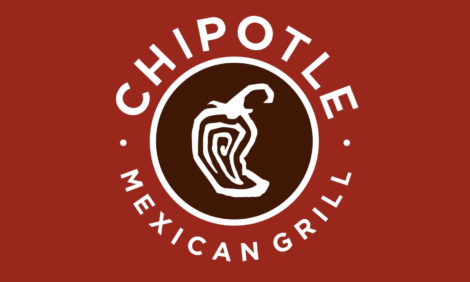



Consumers More Likely to Choose GM if Benefits Clear
GLOBAL - People are more willing to buy genetically modified (GM) foods than they may admit to, according to a new study. The study found a substantial difference between the number of people who said they would buy GM foods when surveyed and the number who actually bought GM labelled products at fruit stalls.Many studies into consumer attitudes towards GM foods have assessed people’s willingness to buy GM in hypothetical situations. However, evidence suggests that consumers do not necessarily act in the way that they say they will. This means that people who say they would not buy GM foods when surveyed may indeed buy GM foods in real life.
To observe consumers making choices in a real life situation, the researchers from New Zealand set up street-side fruit stalls in six different countries: Belgium, France, Germany, New Zealand, Sweden and the UK. The stalls sold strawberries, grapes and cherries clearly displaying three different labels: ‘organic, Biogrow certified’, ‘low residue, local designation’ and ‘100 per cent spray-free, genetically modified’.
If customers asked about the GM fruits, the vendors explained that they contained genes that made them produce their own natural insecticide. In fact, all the fruits were of the same local, low-spray (non-GM) varieties.
In addition, the researchers conducted paper surveys in these countries, which presented respondents with the same purchasing decision and photographs of the fruit. There were surprising differences between the choices that the fruit stall customers made and the results of the surveys.
In the consumer surveys, when fruits labelled ‘organic’ were priced 15 per cent higher than market value and ‘GM’ fruits were discounted by 15 per cent, the most popular choice reported for New Zealander and Swedish customers was organic. However, at the actual fruit stalls, GM labelled fruit was most popular.
German customers indicated in the survey that they preferred low residue fruit (priced at market value), but were also most likely to buy GM labelled fruit at the stalls. Given the same pricing structure, GM labelled fruit was the most or second most popular choice in three out of the five European countries at the fruit stalls, despite GM being the least popular choice given in surveys in every country, when all prices were set at market value. Market share for GM labelled fruit at the stalls ranged between 15-43 per cent, depending on price, across the five European countries.
After making their purchases, 100 customers were asked about their decisions. Price was a common factor. Many customers who bought organic or ordinary (‘low residue’) fruit said they did so out of habit and some thought that the organic fruits looked or tasted better. Even having tasted them, some consumers did not later believe that all the fruits were the same.
These results suggest that surveys may have exaggerated the extent of negative feeling towards GM products. The researchers conclude that ‘social expectancy’ leads people to make different choices in a survey situation than they would make in a real-life consumer situation. In other words, a person may be more likely to choose a cheaper, GM product if they believe no-one is watching, but in a survey situation, there is a greater desire to make a socially acceptable choice.
The researchers point out their reasoning was inferred – not evident – from the comments they collected. However, they think their findings show that GM foods will be more accepted by consumers as long as they are cheaper and the advantages, such as lower price and lack of pesticide residues, are clearly labelled or explained.






